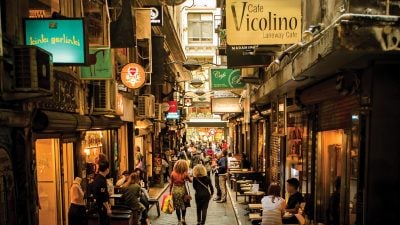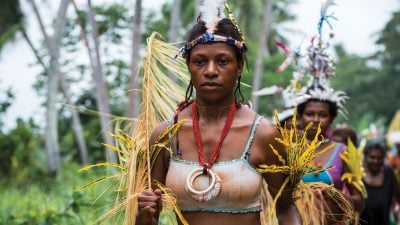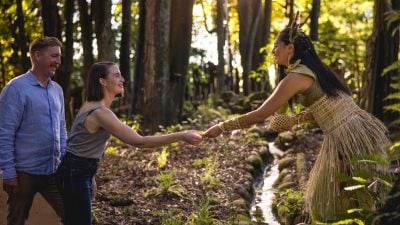Home / Africa & Middle East / Engaging with Traditional Peop…
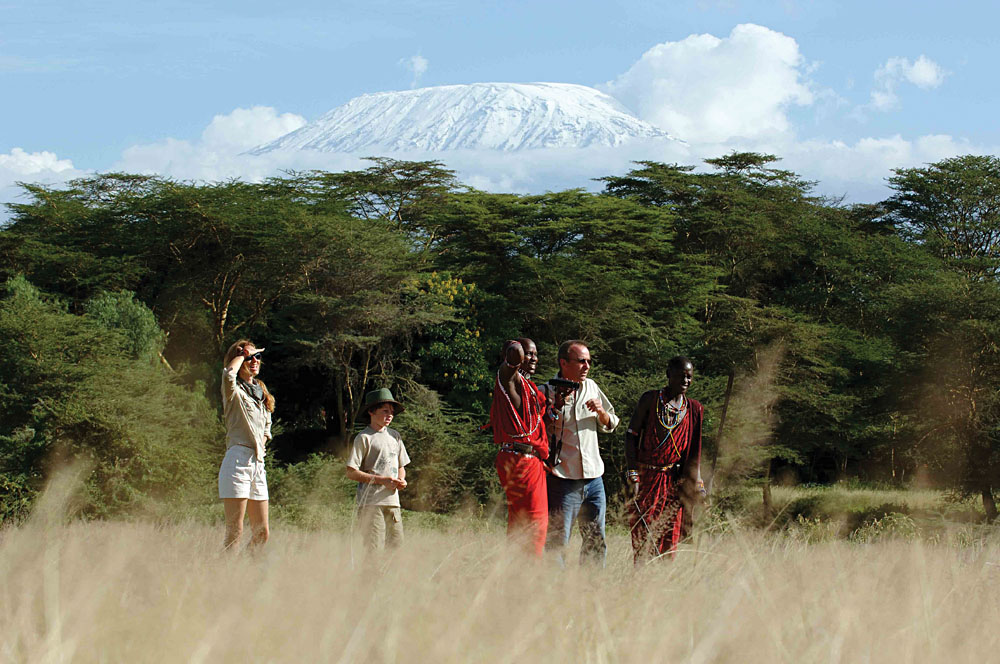
Engaging with Traditional Peoples on An African Safari
It’s not hard to see why the continent of Africa maintains such a stranglehold over the imaginations of Globetrotters who have added an African safari to their bucket list. Its cities are massive and ever-growing, while offering experiences completely different from ones you’d find in Europe or Asia. Its landscape is an ever-shifting bounty of wonders. Each country can boast lush floodplains, dense jungles, or desert sand dunes – and often a combination of all three. The whole continent is overwhelming in its diversity. And the wildlife is the envy of the world. (Sadly, our collective obsession with incredible animals like lions, giraffes, and elephants has led to the global decimation of their populations.)
The people of Africa are also incredible. Of course, Africa is not monolithic, nor are its peoples. Each country’s inhabitants have their own ethnic and cultural backgrounds, and even within those nationalities, distinctions of tribe, language, and heritage exist. It’s unwise, at the best of times, to speak of Africa as one place and Africans as one people. At the worst of times, well, history can educate us about our failings.
However, if you head to any country in Africa, you can seize the opportunity to engage with the traditional inhabitants of this massive continent. Whether you’re on an African safari visiting the Maasai in the reaches of the Great Rift Valley in Kenya, the Batwa of the Great African Lakes, or the Bushmen of South Africa, you’ll be engaging with fascinating, rich civilizations that have inhabited these lands for thousands of years.
The Maasai of the Great Rift Valley
The Maasai are the most famous of the traditional peoples of Africa. It’s understandable since they have such an iconic presence. There are few more iconic images than one of the Maasai hunters of Tanzania and southern Kenya perched atop a hill, their regal red robes draped on their tall frames, surveying the wilderness of the East African savannah. This image is romantic and imposing, dominating a lot of Globetrotters’ perceptions of Africa.
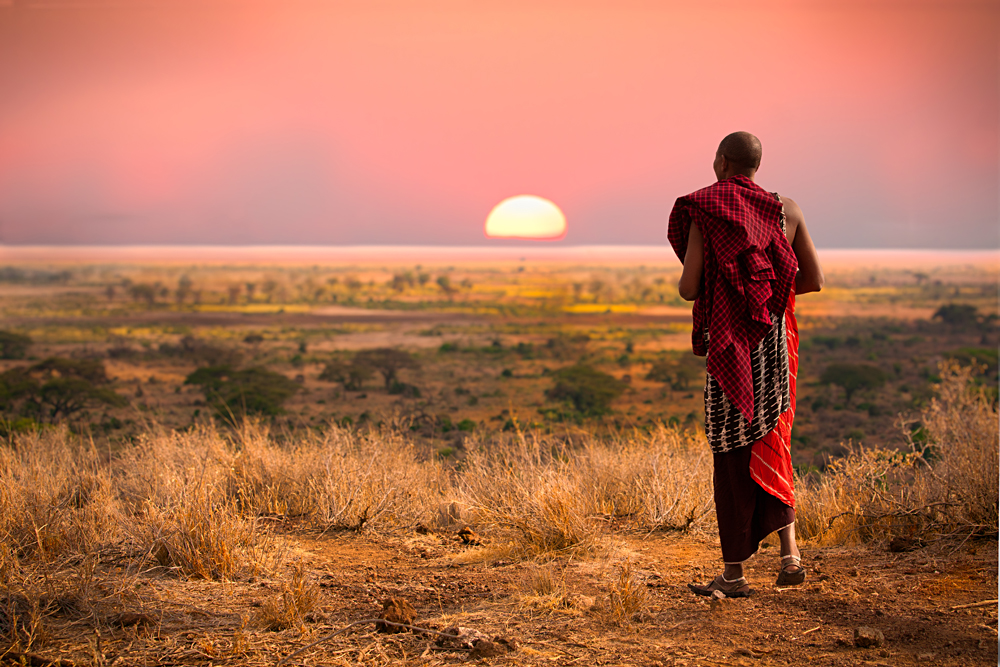
According to oral tradition, the Maasai originally lived in northern Kenya and began migrating south towards the reaches of the Maasai Mara and the northern Serengeti in the 15th century. There are around 1.6 million Maasai people in Kenya and Tanzania, with the majority of them living around the border between the countries, although many Maasai live in the urban centres as well. The Maasai are a semi-nomadic people with a patriarchal social system and a shamanistic religious culture.
While their culture has many intricate traditions, their diet and style of dress have attracted the most attention from outsiders. Traditionally, the Maasai diet would consist exclusively of raw meat, raw blood, and raw milk. They also dress in red sheets wrapped around their bodies and often sport body modifications such as elongated earlobes. While many of these practices have changed with the years – for instance, their diet has adjusted to include maize porridges – they still retain many of these traditional practices which are justifiably fascinating to outsiders.
However there can be drawbacks to fascination with the Maasai purely for their supposed novelty. Western culture’s preoccupation with traditional peoples like the Maasai can distract them from the robust urban spheres that shape countries like Kenya and Tanzania. However, conversely, this focus does help shed light on a culture that has existed for thousands of years and which has suffered heavy political discrimination in recent years. Engaging with the Maasai on a trip to Kenya or Tanzania is an opportunity to witness a lifestyle that is almost extinct in the 21st century and support a culture that is often under political attack.

Your best bet to meet with Maasai people is to head to Maasai Mara National Reserve in Kenya or the Serengeti in Tanzania. Goway offers several African safari tours that engage with local Maasai villages, such as Olpopongi Village in Tanzania, which allow you to glimpse the rhythms of village life on the African savannah and admire their rituals and customs of clothing and music. It also allows you to support their communities by purchasing crafts and hiring their services. As well, many African safari excursions rely on Maasai people as guides, since their knowledge of the land and relationship to the wildlife is invaluable when tracking lions or herds of elephants.
The Diminutive Locals of Central Africa
Aside from the Maasai, there are few traditional African peoples that have garnered as much attention as the various pygmy tribes of Central Africa. Sadly, so much of this attention has been hateful and demeaning. I even hesitate to use the word “pygmy” to describe these peoples, as it has often been used as a dehumanizing way to make them seem like carnival exhibits instead of fascinating, substantive peoples in their own rite. Sadly, it’s the only general term that exists to describe people from the Aka, Batwa, Efe, and Mbuti tribes in Central Africa.
The superficially-defining attribute of these tribes is their height. On average, the adult men of these tribes are shorter than 150 centimetres, which technically qualifies them as pygmies. Traditionally, these tribes have lived within rainforests, which some scientists have theorized, contribute to their short height. Most tribes are nomadic, moving around the jungles and basins as food and shelter changes accessibility. Unfortunately, many of these peoples are the targets of discrimination and violence from larger political groups, with many groups targeting them due to superstitions.
While the many pygmy tribes share similarities in height and nomadic lifestyles, there is no monolithic pygmy tribe in Central Africa. The various tribes are spread out across multiple countries and have varying cultures. For instance, the Aka live in the western reaches of the Congo basin in the countries of Cameroon and the Central African Republic, while the Mbuti and the Batwa are more central-eastern, living around the Great African Lakes.
As pygmy peoples live in destabilized countries like the Democratic Republic of the Congo and the Central African Republic, it’s dangerous to visit them and we’d warn against entering unstable zones to try to initiate contact. That being said, there are regions in Rwanda and Uganda where you can visit tribes like the Batwa, on an African safari, and learn about their nomadic ways of life. While rare, these encounters are invaluable ways to engage with important traditional cultures and help repair the damaged relationship between outsiders and these nomadic peoples.

The Bushmen (San) of South Africa
If you head south, you’ll have the opportunity to meet members of one of the oldest cultural traditions on the planet: the Bushmen or San. The Bushmen are the indigenous inhabitants of the southern reaches of Africa, coming from what is now Botswana and South Africa. Nowadays, you can find them in Angola, Botswana, Lesotho, Namibia, South Africa, Zambia, and Zimbabwe. While there are large linguistic differences between the Bushmen in the various regions of southern Africa, all groups share some commonalities.
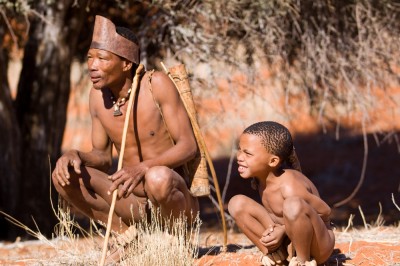
As well, it’s important to note that the term “Bushmen” is not universally accepted by these peoples. Although it’s the only catch-all phrase to describe this indigenous group (much like pygmy is the only word used to describe all the diminutive peoples of Central Africa), the term has been used as a derogatory term in the past and still retains some of this association in many countries. For instance, while Bushmen is the common term in Botswana, in South Africa these tribal peoples prefer the word “San” to describe them.
The Bushmen were the original occupants of South Africa until rival tribes like the Zulu and eventually Europeans toppled their control of the region and colonized their lands. As well, they were hunter-gatherers but many of them were pressured by governments to abandon their traditional lifestyles and take up farming. Luckily, many of these groups still retain their ancestral knowledge and are invaluable resources when it comes to navigating the region.
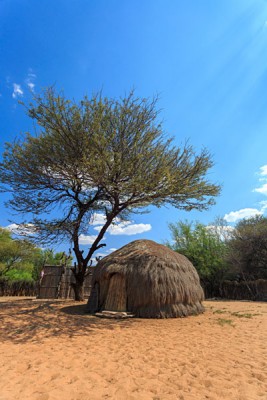
While there are not as many Bushmen as there were hundreds of years ago, there are areas where you can meet them, on your African safari, and learn about their traditional lifestyles. In Botswana, you can head to the Kalahari National Park in the company of a Bushman guide who’ll help you track wildlife and learn about the ancient traditions of the region. You can also visit the Bushmanskloof Wilderness Reserve outside Cape Town and admire Bushmen rock art that dates at least 10,000 years old. Many archaeologists believe the area has been the home of Bushmen for over 120,000 years, making it one of the oldest spots of civilization on the planet.
The Maasai, the pygmy tribes like the Efe and Batwa, and the Bushmen are by no means the totality of Africa’s traditional peoples, but they are some of the most fascinating peoples to inhabit this massive continent. There are also tribes like the Samburu who are famously skeptical of outsiders, and the Zulu, who, although not indigenous to the region they now inhabit, have a culture and history worth exploring.
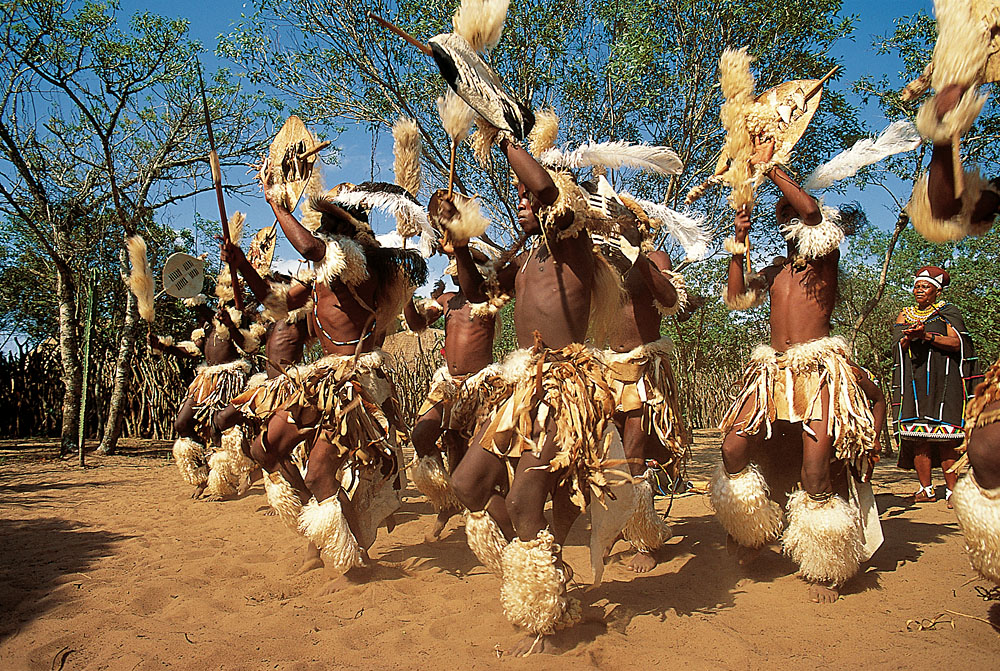
An African safari offers an opportunity to learn about lifestyles other than your own, and engage with people from some of the oldest civilizations on the planet.
For more information or African safari travel ideas, please visit us at www.goway.com.
Get more travel inspiration by email.
Subscribe
0 Comments

Get the latest travel trends & hear about the best deals on vacations around the world.
If you’re a Globetrotter, these are the newsletters for you!
